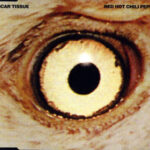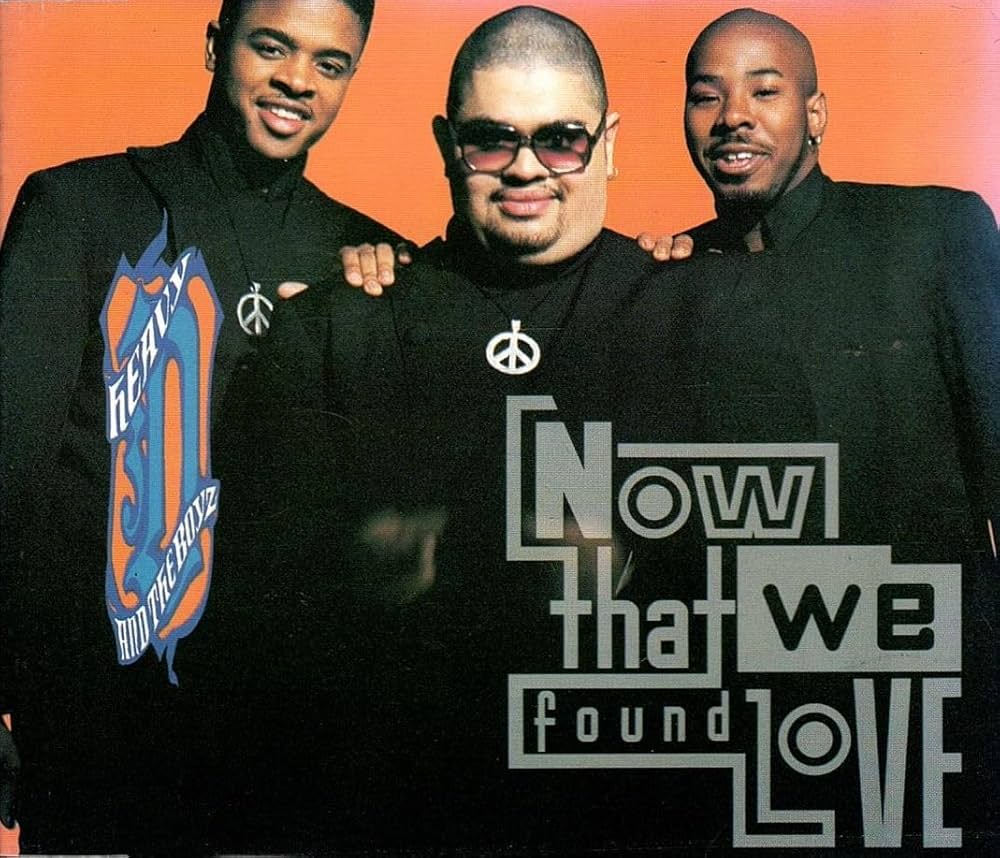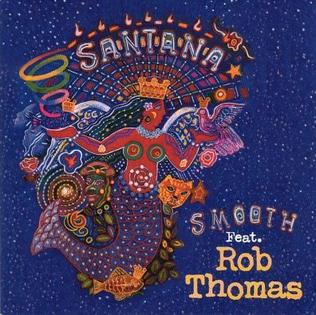 Red Hot Chili Peppers’ Scar Tissue stands as one of the band’s most iconic and introspective works, a song that merges vulnerability, resilience, and melodic sophistication. Released in 1999 as the lead single from their album Californication, Scar Tissue marked a pivotal moment in the band’s career, signaling both a creative resurgence and a deep exploration of personal pain transformed into artistic expression. The track is not only a musical achievement but a cultural touchstone, capturing the tension between struggle and recovery, a theme that resonates universally. Its combination of haunting melodies, intricate guitar work, and emotive lyrics cemented it as a defining song of the late 1990s alternative rock scene.
Red Hot Chili Peppers’ Scar Tissue stands as one of the band’s most iconic and introspective works, a song that merges vulnerability, resilience, and melodic sophistication. Released in 1999 as the lead single from their album Californication, Scar Tissue marked a pivotal moment in the band’s career, signaling both a creative resurgence and a deep exploration of personal pain transformed into artistic expression. The track is not only a musical achievement but a cultural touchstone, capturing the tension between struggle and recovery, a theme that resonates universally. Its combination of haunting melodies, intricate guitar work, and emotive lyrics cemented it as a defining song of the late 1990s alternative rock scene.
Genesis of a Cathartic Anthem
Scar Tissue emerged from a period of profound transition and turmoil for Red Hot Chili Peppers. The band had experienced lineup changes, personal struggles, and creative stagnation in the years preceding Californication. Guitarist John Frusciante had rejoined the group after a hiatus marked by addiction and isolation, bringing a renewed sense of clarity and creative energy. Anthony Kiedis, the band’s frontman, also grappled with personal challenges, including reflections on his past relationships, addiction, and the emotional scars that lingered.
These experiences directly informed the writing of Scar Tissue. The lyrics speak to pain, regret, and the transformative process of healing. Kiedis’ songwriting embraces honesty and vulnerability, framing emotional scars not as weaknesses but as evidence of resilience and growth. Lines such as “With the birds I’ll share this lonely view” evoke introspection, while the chorus’s repetition of “Scar tissue that I wish you saw” conveys longing, recognition, and a desire for connection.
The songwriting process emphasized authenticity over technicality, creating a track that feels intimate and emotionally resonant. Every lyric, guitar riff, and melodic choice serves the larger narrative of self-recovery and acceptance, establishing a deep emotional connection with listeners.
Musical Composition and Sonic Identity
Musically, Scar Tissue represents a masterful blend of alternative rock, melodic pop sensibilities, and subtle funk influences—a hallmark of Red Hot Chili Peppers’ style. John Frusciante’s guitar work defines the track’s sonic landscape, combining sparse, expressive riffs with atmospheric textures that complement Kiedis’ introspective vocals. The guitar solo, understated yet emotionally potent, reinforces the song’s themes of fragility and resilience.
Chad Smith’s percussion provides a steady yet nuanced foundation, emphasizing rhythm without overwhelming the melodic elements. Flea’s basslines weave in and out of the harmonic structure, adding depth and warmth, while remaining restrained to allow the song’s emotional core to shine. This balance of instrumentation ensures that the focus remains on the narrative conveyed by Kiedis’ vocals and Frusciante’s guitar work, creating a sense of cohesion and intimacy.
The track’s tempo and dynamics are deliberately measured, enhancing its reflective quality. Unlike the band’s more frenetic, funk-driven hits, Scar Tissue opts for subtlety, allowing pauses, silences, and minimalist arrangements to convey emotional weight. The result is a song that feels both expansive and personal, drawing listeners into a contemplative sonic journey.
Lyrics and Emotional Resonance
Kiedis’ lyrics in Scar Tissue exemplify his ability to convey complex emotions with poetic simplicity. The song addresses themes of pain, loss, and the lingering impact of past experiences while simultaneously embracing healing and acceptance. The metaphor of “scar tissue” represents the lasting marks left by emotional and physical wounds, acknowledging their permanence while highlighting their role in shaping identity.
Lines like “Scar tissue that I wish you saw” communicate longing and vulnerability, suggesting a desire for recognition and understanding. The song’s narrative voice oscillates between introspection and outward expression, creating a layered emotional landscape that resonates with listeners across diverse experiences.
The universality of the song’s themes contributes to its enduring appeal. Listeners interpret the lyrics in personal ways, whether relating them to romantic heartbreak, addiction recovery, or general struggles with life’s challenges. This interpretive openness allows Scar Tissue to maintain relevance across generations, cementing its status as both a personal and collective anthem of resilience.
Guitar Work and Musical Innovation
John Frusciante’s contribution to Scar Tissue cannot be overstated. His guitar work balances minimalism with expressiveness, utilizing sustained notes, subtle bends, and carefully placed effects to create an evocative atmosphere. The guitar solo, though brief, is emotionally charged, reflecting the pain and catharsis embedded in the lyrics.
Frusciante’s approach to melody on the track demonstrates his mastery of restraint. Rather than dominating the song with virtuosic complexity, he prioritizes tone, phrasing, and emotional resonance. The result is a guitar line that is memorable, haunting, and perfectly aligned with the song’s reflective mood.
The interplay between guitar, bass, and percussion reinforces the song’s emotional narrative. Flea’s melodic basslines act as a counterpoint to Frusciante’s guitar, weaving a subtle harmonic web that enhances the track’s depth. Chad Smith’s drumming maintains forward momentum while allowing space for lyrical and melodic emphasis, demonstrating the band’s collective musical intuition and cohesion.
Cultural and Commercial Impact
Scar Tissue achieved both critical acclaim and commercial success, reaching number nine on the Billboard Hot 100 and topping the Modern Rock Tracks chart. Its success marked a resurgence for Red Hot Chili Peppers, re-establishing the band as a dominant force in alternative rock and setting the stage for the massive success of Californication as an album.
The song’s cultural impact extends beyond chart performance. It became emblematic of the late 1990s and early 2000s alternative rock movement, influencing countless musicians and shaping the genre’s emotional and melodic sensibilities. Its themes of vulnerability and healing resonated with fans, while its memorable guitar riffs and accessible structure ensured widespread appeal.
Music videos, live performances, and radio play further solidified Scar Tissue as a cultural touchstone. The video, directed by Stéphane Sednaoui, employs a continuous traveling shot featuring the band moving along a desert road, visually emphasizing the song’s themes of journey, passage, and introspection. This simple yet effective concept complements the song’s lyrical and musical narrative, reinforcing its thematic depth.
Live Performances and Audience Connection
Live renditions of Scar Tissue highlight the song’s adaptability and enduring emotional resonance. The band often extends the instrumental sections, allowing Frusciante’s guitar work to breathe and giving Kiedis space for expressive vocal improvisation. These performances create a sense of intimacy and connection, drawing audiences into the song’s reflective mood.
Audience participation plays a significant role in live settings, with fans often singing along to the chorus or reacting to the guitar solo. This communal engagement underscores the track’s power as a shared emotional experience, transcending its studio recording to become a living, evolving anthem.
Influence on Red Hot Chili Peppers’ Career
Scar Tissue represents a pivotal moment in the Red Hot Chili Peppers’ trajectory. Following years of turbulence and personal struggle, the song symbolized both artistic rebirth and personal reconciliation. Its success reaffirmed the band’s relevance in the changing musical landscape of the late 1990s and early 2000s, introducing their sound to a new generation while retaining core fans.
The track’s blend of introspection, melody, and accessibility set a template for subsequent material, influencing the band’s songwriting approach and encouraging further exploration of emotional themes. It demonstrated that vulnerability could coexist with commercial success, expanding the possibilities for alternative rock narratives in mainstream contexts.
Technical Analysis and Production
From a production standpoint, Scar Tissue is meticulously crafted. The song balances clarity and warmth, with each instrument occupying its own sonic space while contributing to the overall cohesion. Producer Rick Rubin emphasized natural tones and emotional authenticity, ensuring that the song’s arrangement and mixing reinforced its lyrical and thematic content.
The recording process involved careful attention to dynamics, tonal balance, and spatial placement. Frusciante’s guitar was recorded to emphasize sustain and melodic clarity, Flea’s bass retained warmth without overpowering the mix, and Chad Smith’s drums provided subtle drive. Kiedis’ vocals were layered and treated to convey intimacy and immediacy, drawing listeners into the narrative.
Legacy and Enduring Appeal
Over two decades since its release, Scar Tissue remains one of Red Hot Chili Peppers’ most celebrated and influential songs. It is frequently cited in retrospectives, “best-of” lists, and analyses of alternative rock’s evolution. Its enduring appeal lies in its emotional honesty, melodic sophistication, and thematic resonance.
The song continues to inspire covers, reinterpretations, and live performances, demonstrating its versatility and timelessness. Its message of resilience, healing, and personal growth remains relevant, ensuring that it resonates with listeners navigating their own emotional landscapes.
Conclusion: Transforming Pain into Art
Scar Tissue exemplifies the transformative power of music. Red Hot Chili Peppers took personal pain, struggle, and reflection and translated it into a song that is both deeply intimate and universally accessible. Its combination of melodic mastery, lyrical honesty, and cultural resonance makes it a landmark in alternative rock and a defining moment in the band’s career.
The track demonstrates that scars—both literal and metaphorical—can be sources of strength and artistic inspiration. Through intricate guitar work, emotive vocals, and thoughtful production, Scar Tissue captures the tension between vulnerability and resilience, loss and recovery, pain and catharsis. Its lasting influence on listeners and musicians alike underscores its place as more than a hit single; it is a cultural and emotional milestone.
“Scar Tissue” remains an anthem of redemption, a journey through pain and healing, and a timeless reminder of music’s ability to turn personal struggle into shared experience and lasting art.


